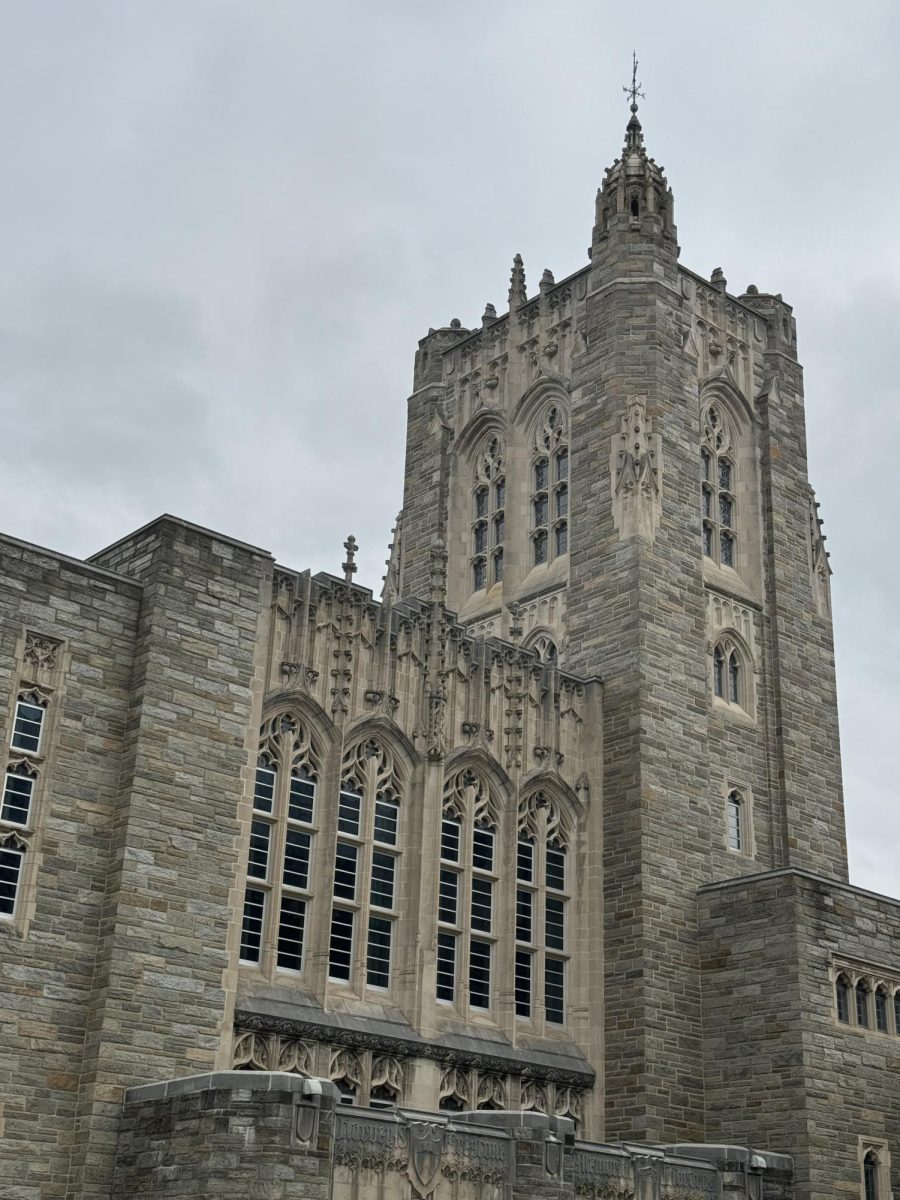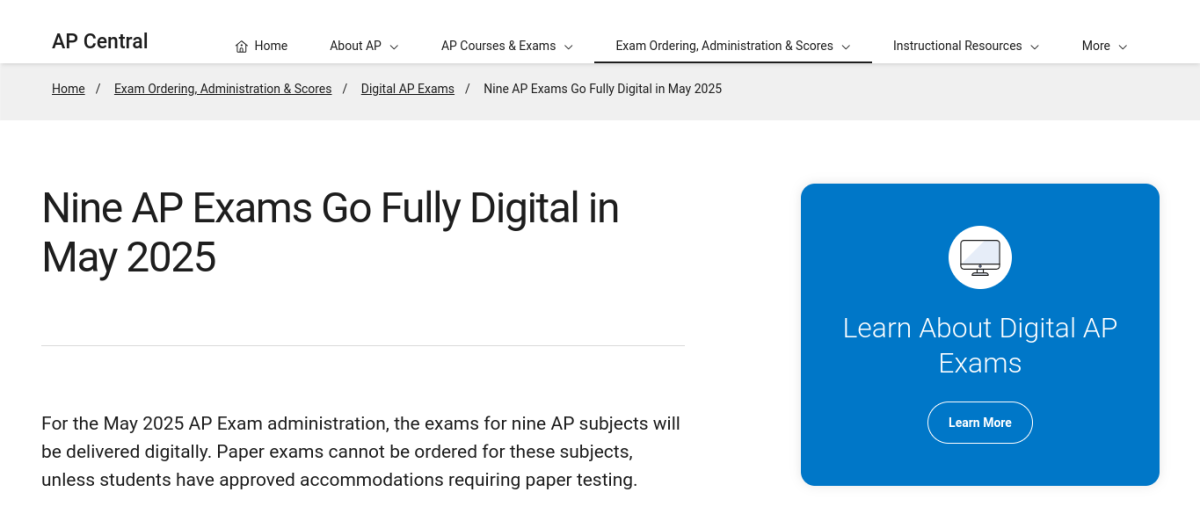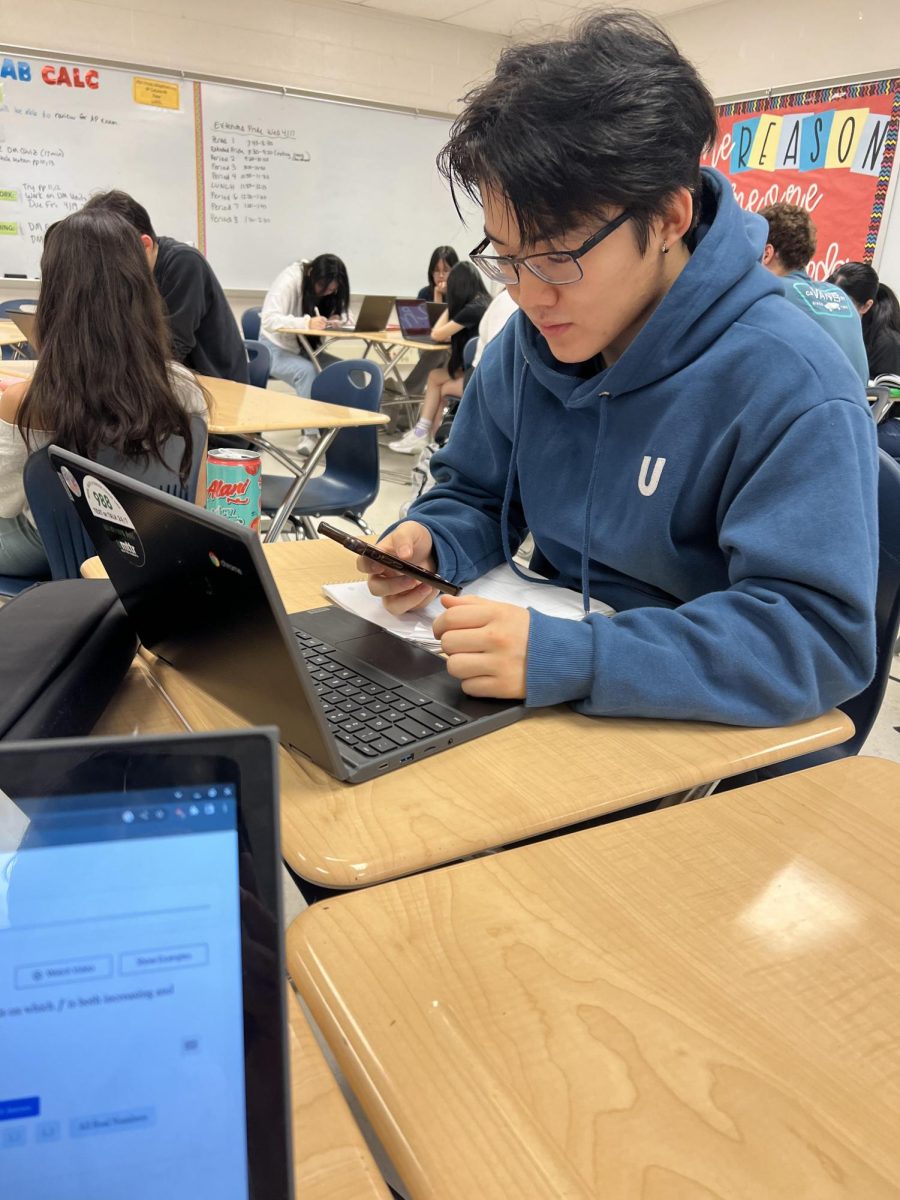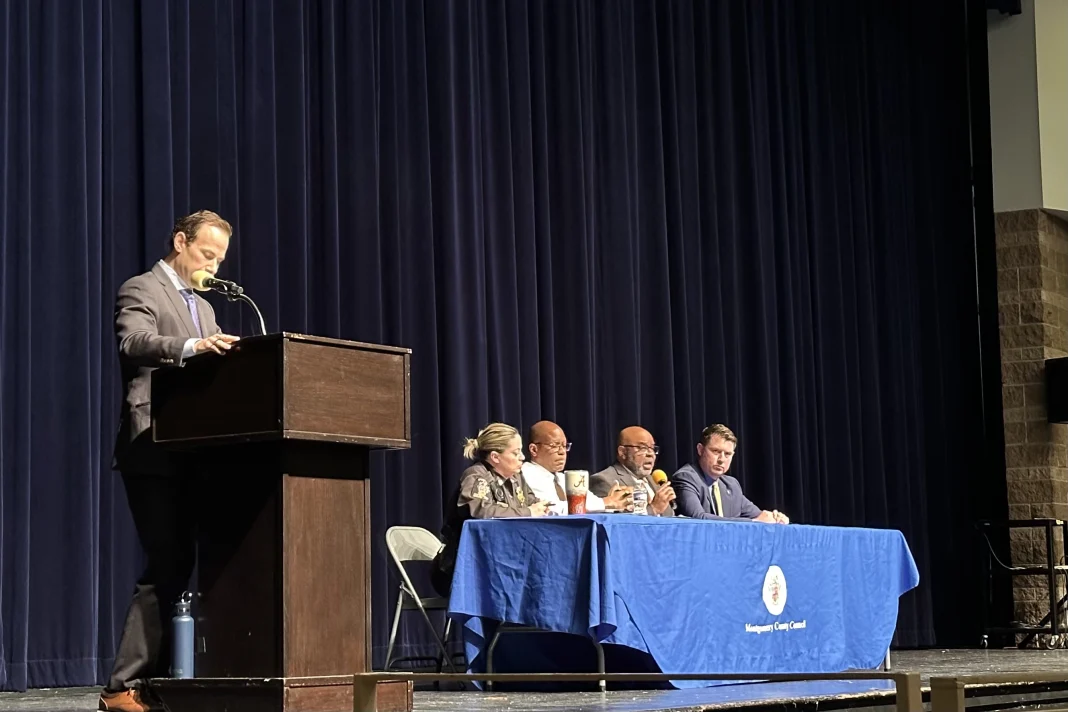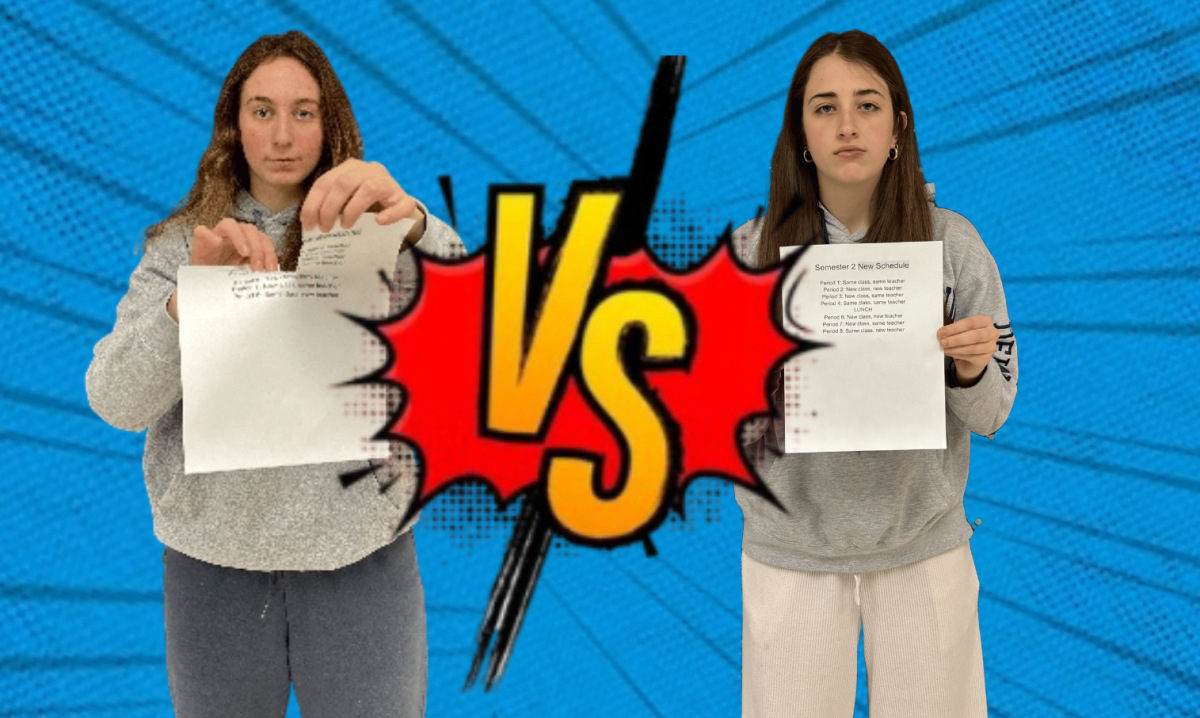In the midst of the Space Race of the 1950s, the US was startled to find itself playing catch-up with the USSR for the title of world’s greatest superpower. When the Soviets launched Sputnik into space, America accepted the challenge and quickly shifted its education standards to usher in an era of unprecedented scientific advancement and American supremacy above and abroad.
Today, American education currently faces another Space Age dilemma: adapt or fall behind. We may not be engaged in an international arms race where subpar engineers could spell inferior national defense, but we are in an age that calls for more understanding of math, sciences and computers to compete in a world of technological innovation.
According to an Aug. 13 PBS article, the best 10 percent of America’s schools surpass Singapore’s academic achievement standards, which are the fifth best in the world. However, American schools in the bottom achievement decile only reach the academic standards of Indonesia, ranked 50th.
Although America’s education system is a decent 17th in the world, its abysmal achievement gap leaves our education in need of some serious revamping. To this end, both the current and the last presidential administrations have triumphantly signed into law detrimental programs, under the guise of awfully cliché politi-phrases.
President Bush’s “No Child Left Behind” (2002) made a sincere attempt to provide schools with incentives to raise academic standards by offering federal aid to the states in exchange for state-imposed academic standards. The act of Congress grew unpopular when teachers, pressured by the state and the schools to meet new standards, began to “teach to the test,” and states found loopholes to acquire federal aid.
Bush’s program was gladly exchanged for President Obama’s hopeful “Race to the Top” in 2009, which promised to close the achievement gap by creating inter-state competition for federal aid. As a result of the act, states devoted more of their budgets to education, since federal aid was awarded to the few states that met the national standards. Thus, billions of additional dollars were spent on improving education.
According to a January 2012 Business Insider article, despite America’s exceptionally high per-pupil education spending, ranking among education giants Luxembourg and Norway, the results in America mostly resemble Poland’s, a country that does not spend half as much on education.
Funding is clearly not the issue, yet more money is all our education “reform” programs have promised.
Perhaps what is preventing Americans from realizing their full educational potential, perhaps what is holding back the bottom decile from real achievement is not how much money schools receive, but how students are taught the material.
Currently, it is nearly impossible for teachers to be fired, and schools know that they are guaranteed funding. Who needs to try out new teaching techniques when a school is guaranteed perpetual existence and its teachers have tenure?
A voucher system, unlike the traditional public school system, thrives on failure.
If American families were allowed the free and voluntary transfer of students to whichever school they choose, private or public, the American classroom would be a very different place.
First, inner-city schools known for their poor education would be vacated. Families would send their children to schools that have better academic records, desperate to provide them with a decent education. This process is already visible, as thousands of parents line up each year for a chance to land one of only 50 spots in the Two Rivers charter school in Northeast D.C.
This enormous demand for a better education than what public schools can provide would undoubtedly inspire teachers to open new schools, or take charge of old ones, with fresh ideas about education.
The result is a school system focused not on the teacher, not on the state government, not on federal aid, but on the student. Vouchers allow poorer families, formerly allowed no alternative, to decide where their children will learn. Rather than a family’s school choice being subject to the government, the democratizing nature of charters gives the family and the community a say in how they want their school to be run.
Nothing provides more impetus for true academic achievement than when schools and teachers have to produce favorable results to remain employed. But “favorable results” will no longer be determined on the cold scales of standardized tests. If parents could decide where to send their child, they could decide for themselves if the student is growing. Who better than a mom and dad to measure the intellectual flowering of their son or daughter? As the evidence shows, it is certainly not the federal government.
If America is serious about education reform, if it is honestly looking for a solution for the achievement chasm that pervades our society, she must discard the “more money” mentality and try to alter education from the ground up.





